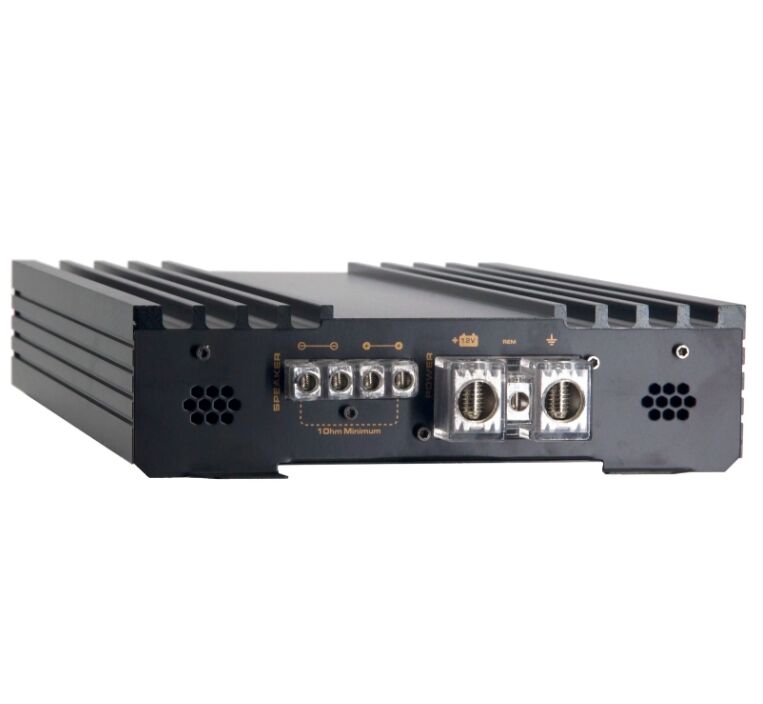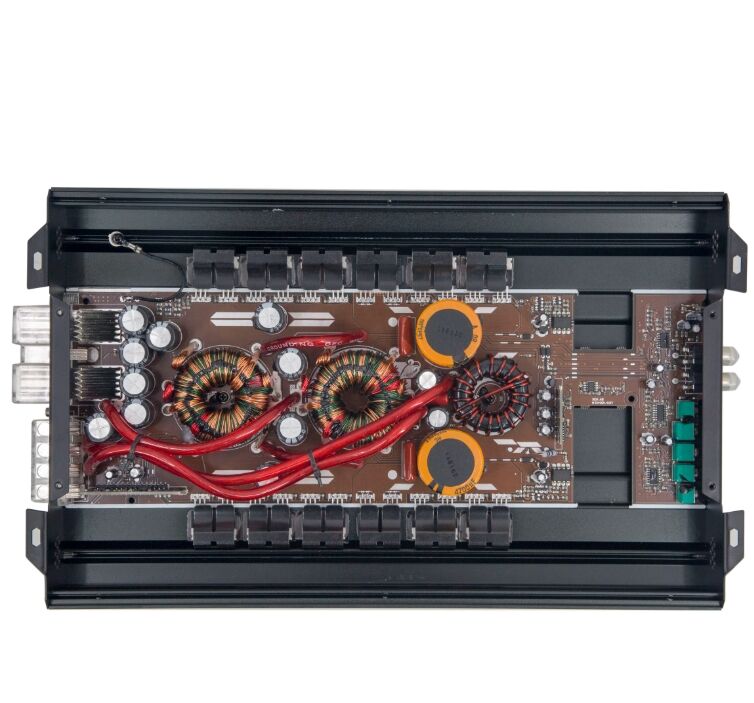A stable car amplifier is engineered to maintain consistent performance across a wide range of operating conditions, ensuring reliable operation regardless of load fluctuations, voltage variations, or environmental factors. Stability is a critical attribute in automotive audio systems, where electrical conditions can be unpredictable due to factors like engine start up, accessory usage, and varying speaker impedances. These amplifiers feature robust circuit protection mechanisms, including overcurrent protection, overvoltage protection, undervoltage protection, and short circuit protection, which prevent damage to the amplifier or connected components during abnormal conditions. Load stability is particularly important, with many stable amplifiers rated to operate safely at lower impedances (such as 2 ohms or even 1 ohm) without sacrificing performance or reliability. This means they can drive multiple speakers or subwoofers in parallel without experiencing voltage drops or distortion. Voltage stability is achieved through regulated power supplies that maintain a consistent output voltage even when the vehicle’s electrical system fluctuates (typically between 11V and 14.4V), ensuring that the amplifier delivers consistent power output regardless of battery or alternator conditions. Thermal stability is another key feature, with efficient heat dissipation systems and thermal shutdown protection that prevent overheating during extended high volume use. Additionally, stable amplifiers exhibit minimal oscillation or signal interference, ensuring that the audio signal remains clean and undistorted across all volume levels. For users, this translates to a worry free listening experience, with the amplifier reliably delivering powerful, clear sound in any driving scenario, from stop and go city traffic to long highway journeys.


